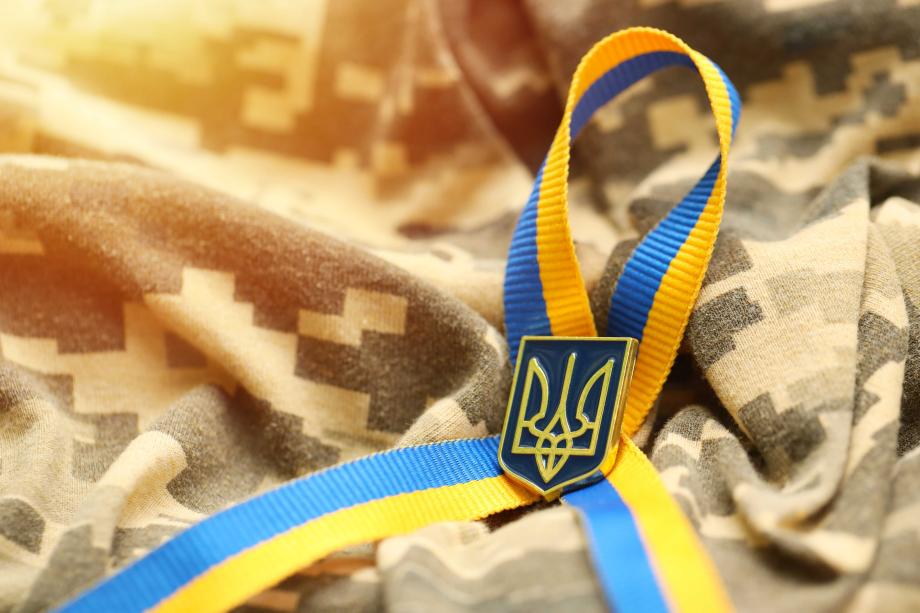Hard Work for 2023: Supporting Ukraine to Win the War against Russia

With the world entering spring 2023 , the situation on the frontline of the Russian war in Ukraine is looking far from being still or stabilized. Both Ukraine and Russia are preparing for a decisive breakthrough in March-April, however many military experts say that Russia has de-facto started its new offensive in mid-January. Western partners have shown their determination to upgrade their military assistance to Ukraine and provide the requested heavy armory more ammunition, and technologically advanced air-defence systems like the Patriot. Will it be enough to enable Ukraine to enter a decisive breakthrough leading to a victory in the war? What else is needed to keep the momentum and launch a scaled counter-offensive by the Ukrainian Armed Forces? How justifiable are assessments that Ukraine will defeat the enemy in 2023?
At the end of 2022, Ukraine, while countering the aggressor, met the following results: 40% of the territories occupied by Russians since the 24th of February, 2022, were liberated; over 100,000 Russian invaders were killed; 1 893 aerial targets shot down; and 3 000 tanks, 6 000 armoured fighting vehicles, 2 000 artillery systems, 420 multiple launch rocket systems, about 300 combat aircraft, and 270 helicopters of the Russian forces destroyed. The Armed Forces of Ukraine conducted the mine clearance of 1 346.22 hectares of land, 21.18 hectares of forest, 182.1 kilometres of roads, 165 200 square meters of buildings, 134.66 kilometres of power lines, 39 kilometres of gas pipelines, as well as destroyed 41,800 explosive objects.
These figures were revealed by General Valerii Zaluzhny, who reminded us that the war was still far from being over, with the current active front line being 1 500 kilometres long and the whole front - where Ukraine was holding the enemy back - stretching for 3 786 kilometres. Recent data from the Ukrainian Ministry of Defense Chief Mr Reznikov found in picture A on Russian missiles’ stockpiles also keep all Ukrainians who understand that air attacks will last at least as long as the war alert. While one an be relatively comforted by the numbers of Russia’s exhausted strategic stockpiles of certain types of high-precision missiles, it should be kept in mind that Russia still has some significant stocks of the S-300 type and that it is self-sufficient to produce Kh-555 missiles. Regardless Russia’s own slow production capacity (around 30 missiles per month), potentially refillable stocks of Iranian kamikaze drones and ballistic missiles, still make Ukrainians unease.
Read more in the policy brief below.
